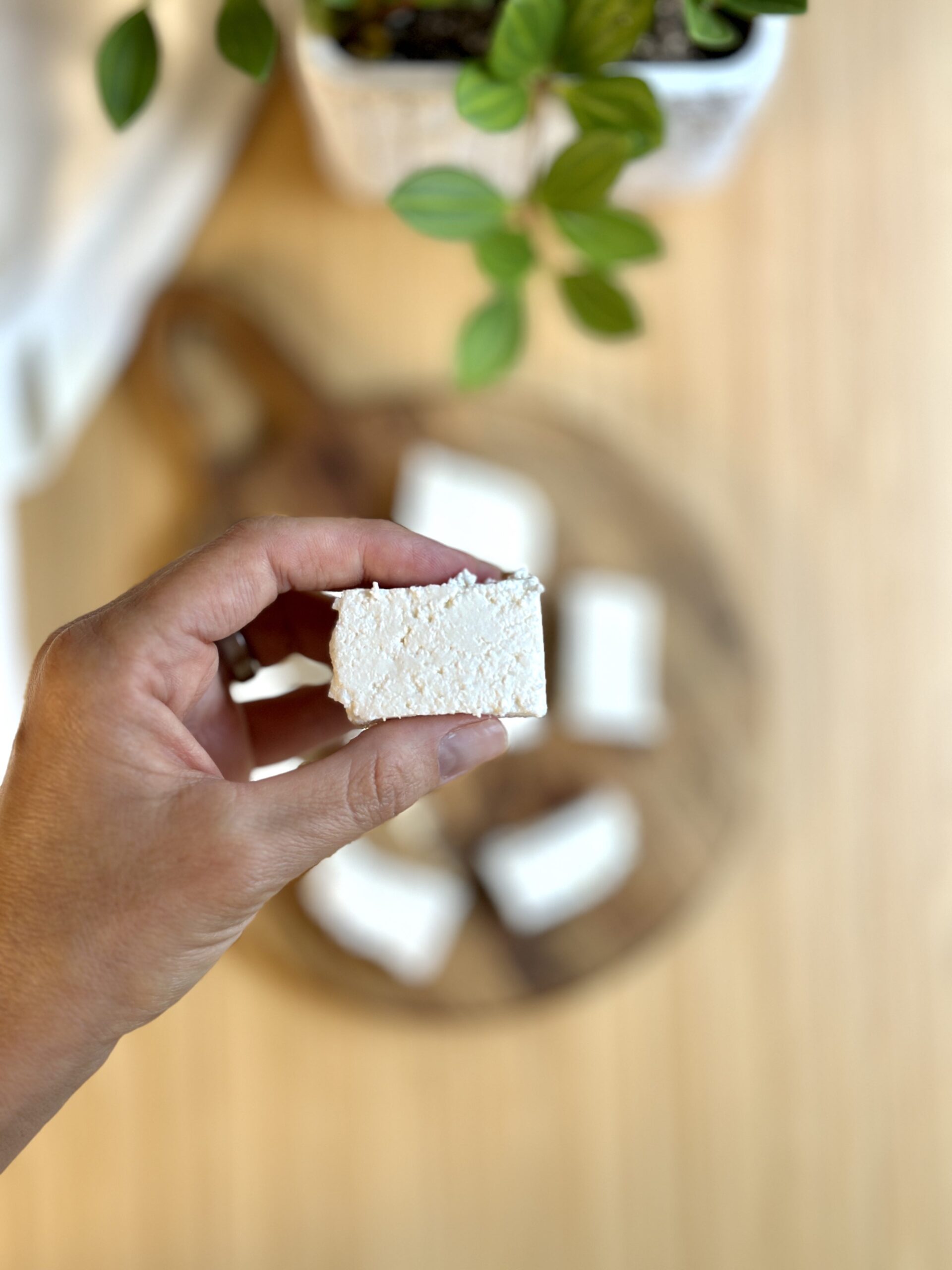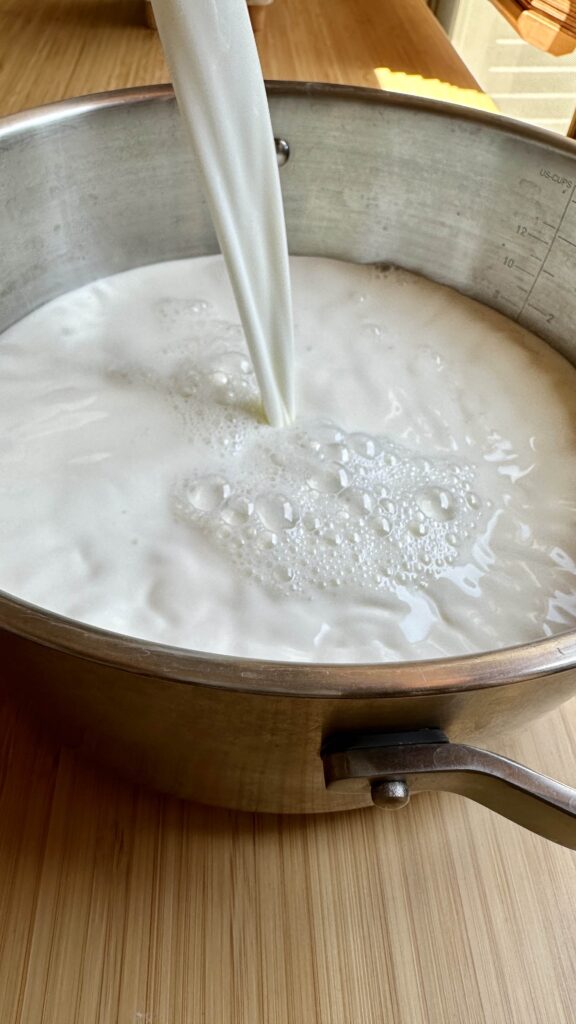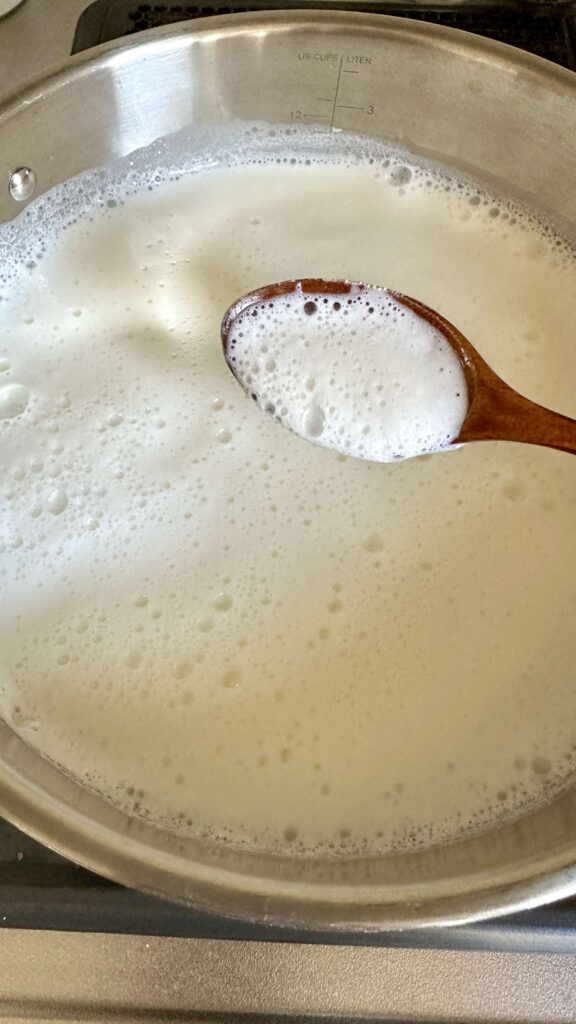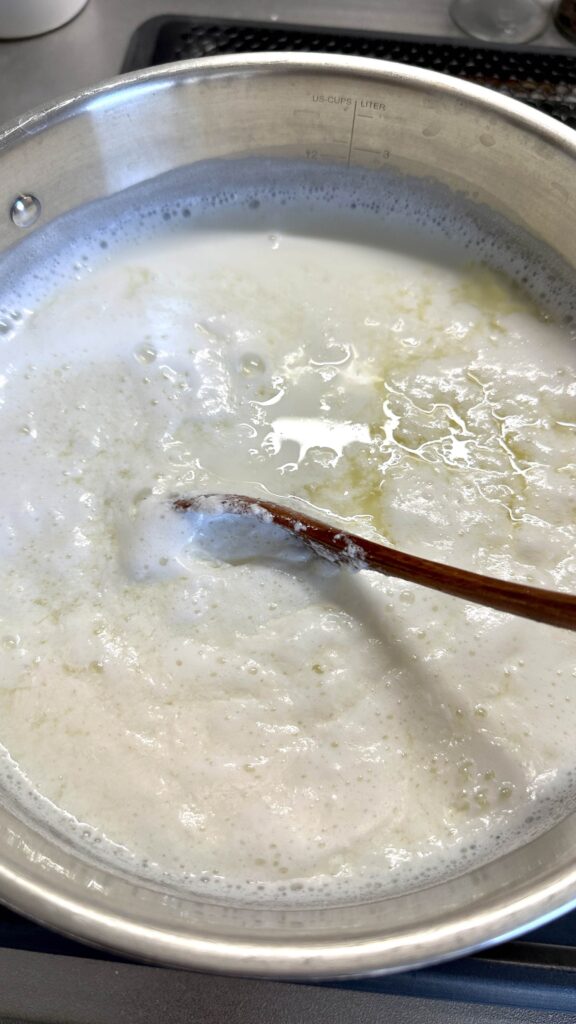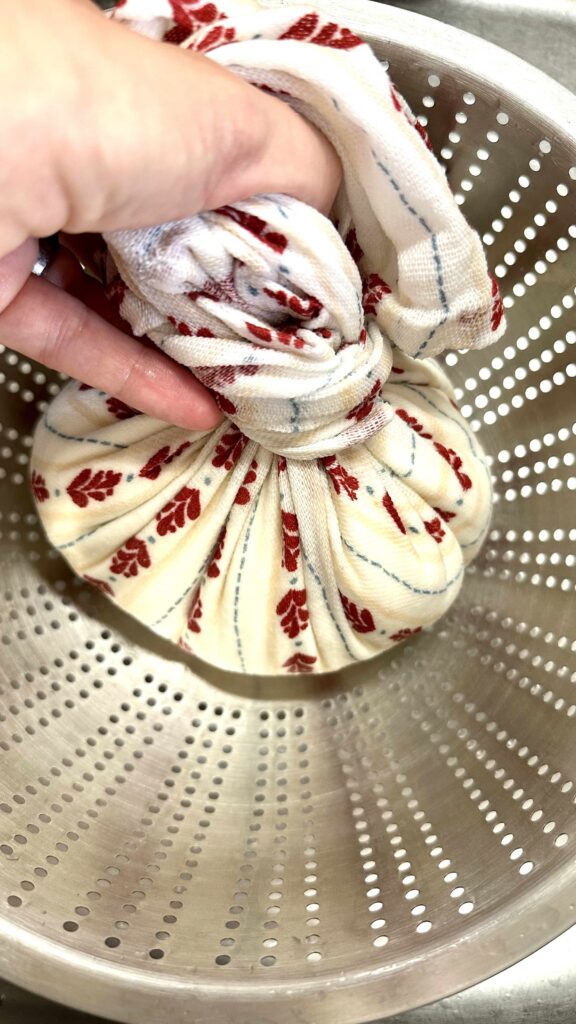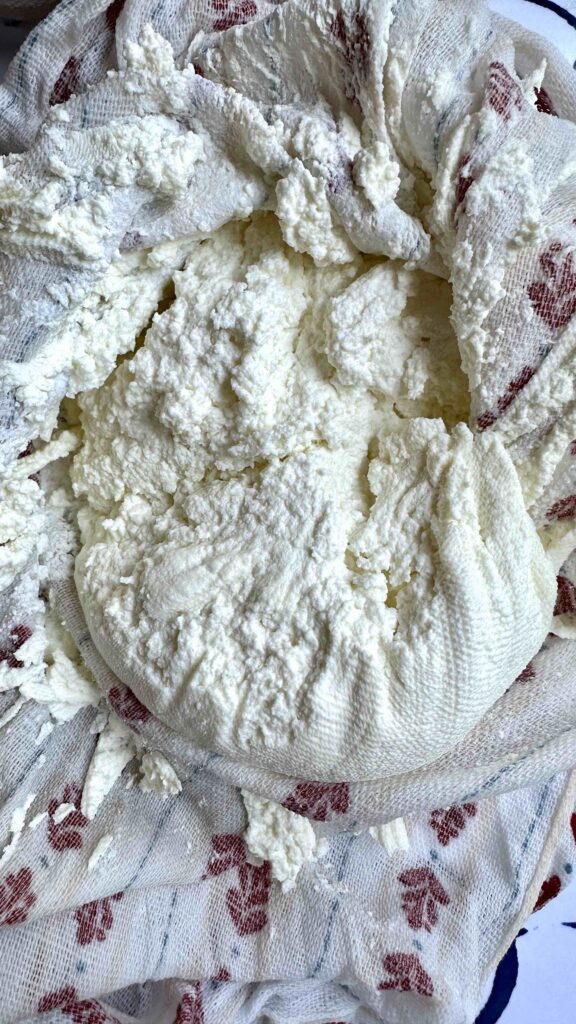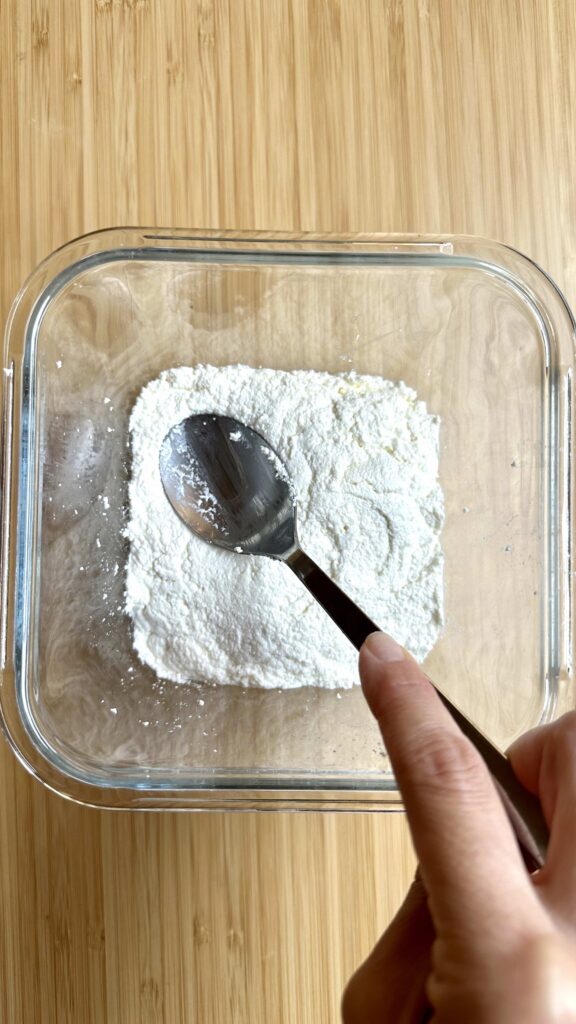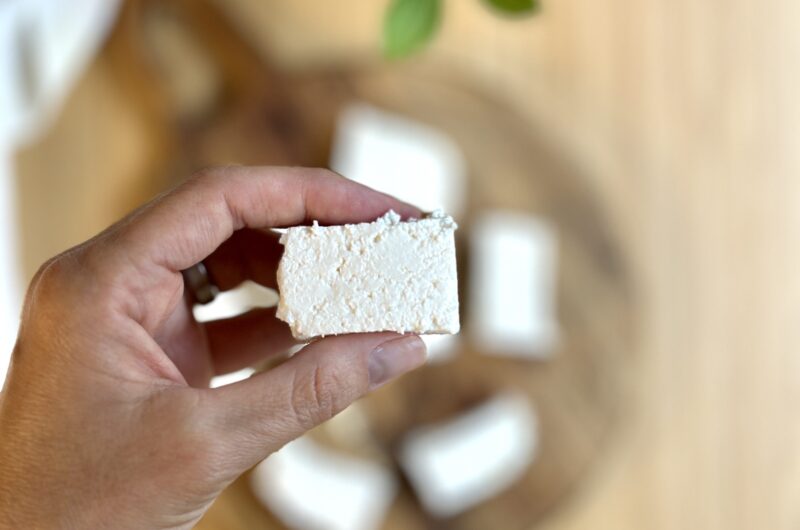A few years back, I discovered paneer and instantly fell in love. Being mostly vegetarian, I’m always on the lookout for tasty meatless options. It was at this charming Indian restaurant that I first tried sag paneer, and let me tell you, that soft and creamy cheese won me over. I’ve tried numerous sag and palak paneers since then, but nothing quite matched the flavors of that restaurant. I went on a journey to recreate that unforgettable paneer experience in my own kitchen. So, stay with me as I share my journey and spill the beans on how to whip up the most mouthwatering paneer you’ll ever taste. Let’s get cooking!
Jump to Recipe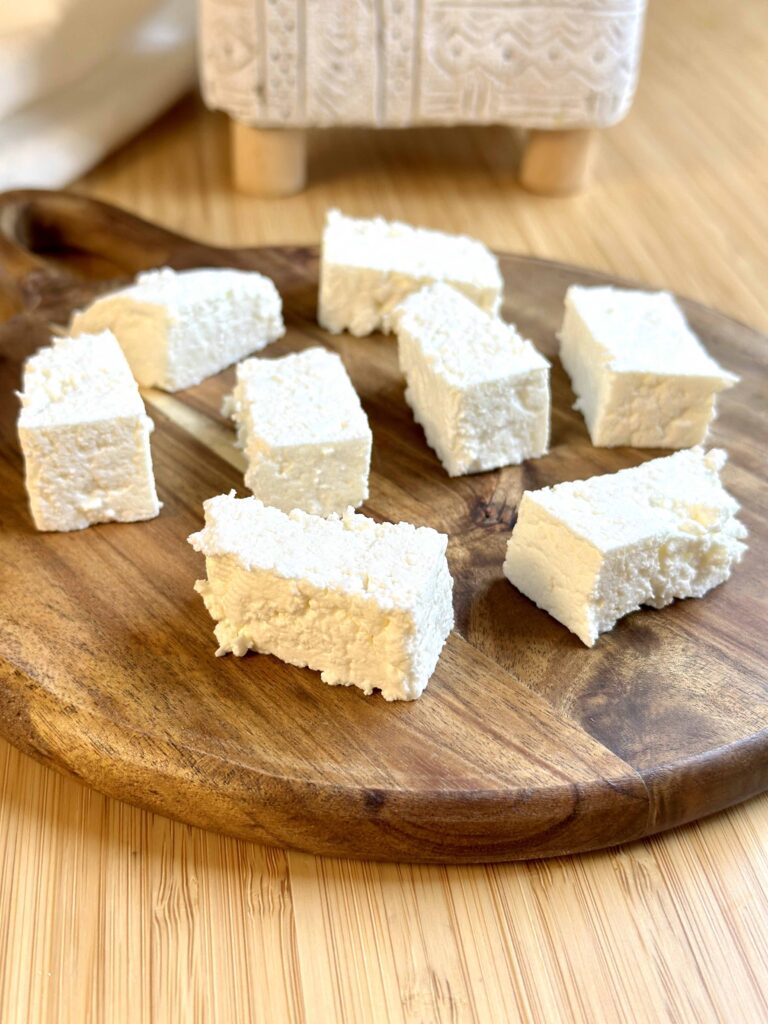
What is Paneer
Paneer is a type of fresh cheese commonly used in Indian cuisine, sometimes referred to as Indian cottage cheese. It is made by curdling milk with the help of an acid, such as lemon juice or vinegar. The resulting curds are then separated from the whey and pressed into a solid block. Paneer is this soft, crumbly cheese that’s similar to tofu, but with a creamy twist. It’s also a versatile cheese that can be used in many different dishes, and is a popular ingredient in many traditional Indian recipes. Because it is not aged or fermented like most other cheeses, paneer is considered a fresh cheese. Its ability to hold its shape while cooking makes it a perfect addition to curries, stir-fries, and grilled dishes. Additionally, paneer is a great source of protein, making it a popular choice for vegetarians and those looking to add more protein to their diet. Delicious and high in protein, win-win!
How to Make Paneer:
Prep the Milk
In a large pot, add 2 liters (a little over 8 cups) of whole milk and bring it to an almost boil. Stir occasionally to prevent sticking to the bottom of the pot and watch it closely to avoid any spills.
Indicators for Curdling
As the milk approaches boiling, you’ll notice a foam forming on the top. This is an indication that the milk is close to boiling. Pay close attention, and as soon as you see the first sign of bubbles, turn off the heat.
Acidify the Milk
Add 1 teaspoon of salt to the milk and gently mix. Next, add 6 tablespoons of vinegar or lemon juice. You can choose white vinegar, pure rice vinegar, or any other vinegar that is clear in color. The acid will cause the curds to form, separating the solids from the whey.
Curd Formation
Once you add the acid, you’ll immediately notice the milk curdling and the formation of curds. Gently stir the mixture once and then cover the pot for 10 minutes to allow the curds to fully develop.
Draining the Curds
Line a colander with cheesecloth or a kitchen dish towel (dedicated to cooking use only and washed without softener). Rinse the curds quickly with cool water to cool them down and remove any residual taste of vinegar or lemon juice. Gently squeeze the cloth to remove excess water.
Let it Drip
Keep the curds inside the cloth and place it in the colander. Add a weight over the cloth with cheese, such as a couple of cans of soda or a kettle. Let it to drain for an additional 10 minutes to allow any remaining water to drip away. The duration of dripping time will determine the desired level of moisture in your paneer (you may let it drip for up to one hour).
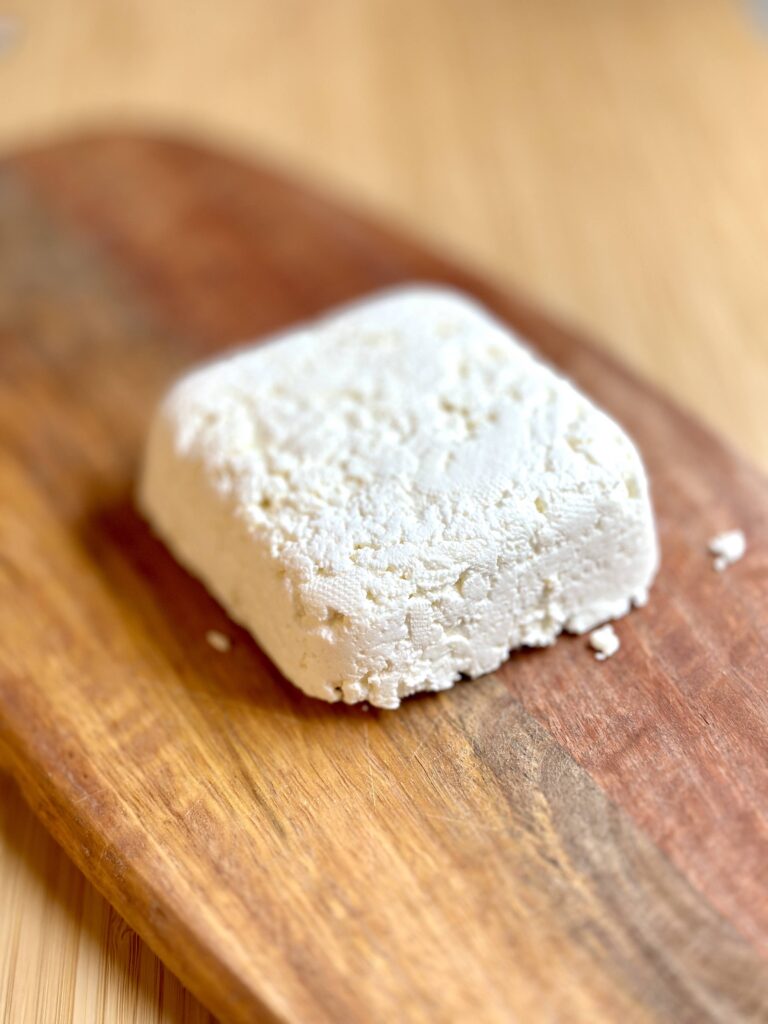
Final Touches
If you prefer a drier paneer, use a clean cloth or paper towel to gently squeeze the cheese again after unwrapping it from the cloth. Once you achieve your desired consistency, carefully place the paneer in a container of your choice. The cheese will take on the shape of the mold it’s placed in; a square-shaped glass container works wonderfully.
In a nutshell, this paneer recipe is a winner – it’s a breeze to make and absolutely delicious. We love using it in various dishes, not just the traditional Indian ones. From frying it to a golden crisp to adding it in sandwiches, the possibilities are endless. So whether you’re a seasoned chef or just getting started in the kitchen, give this homemade paneer a shot and you’ll be impressed. Trust me, the journey to perfecting it is worth every bit, and the results are simply irresistible. Happy cooking!
Click here to learn how to make my favorite Indian dish, Palak Paneer
Paneer – Indian Cottage Cheese
Course: EntreeCuisine: IndianDifficulty: Easy6
servings30
minutes15
minutes110
kcalIngredients
2 Liters of whole milk
1 teaspoon of salt
6 tablespoons of lemon juice or vinegar
Directions
- In a large pot, heat 2 liters of whole milk over medium heat. Stir occasionally to prevent sticking to the bottom of the pot and keep a close eye to avoid boiling over.
- As the milk approaches boiling point, you’ll notice a foam forming on top. This indicates it’s almost ready. Be attentive and turn off the heat as soon as you see the first signs of bubbles.
- Add 1 teaspoon of salt to the milk and gently mix. Then, add 6 tablespoons of vinegar or lemon juice. Stir gently, and you’ll observe the milk curdling and separating into curds and whey.
- Cover the pot and let it sit for 10 minutes to allow the curds to fully form.
- Line a colander with a cheesecloth or a clean kitchen dish towel dedicated for cooking use. Carefully pour the curdled milk into the colander to strain out the whey. Rinse the curds quickly under cool water to remove any residual vinegar or lemon taste
- Gently squeeze the cloth to remove excess water from the curds. Place the wrapped cheese in the colander with a weight over it (you can use a couple of cans of soda or a kettle) and let it continue dripping for another 10 minutes to reach your desired consistency.
- If you prefer drier paneer, use a clean cloth or paper towel to gently squeeze the cheese further after unwrapping.
- Carefully transfer the paneer into the container of your choice. The cheese will take on the shape of the mold, so you can use a square-shaped glass container or any preferred shape.
Please be aware that the information provided with this recipe is intended solely for general informational purposes. While we have tried to accurately test this recipe and present precise measurements and instructions, individual results may vary due to differences in ingredient types, cooking equipment, or preparation techniques.The nutritional information accompanying this recipe is not intended as dietary or medical advice. For any specific health or nutritional inquiries, please consult a registered dietitian or healthcare professional. We disclaim any liability for inaccuracies or misrepresentation of the provided information. We encourage users to approach this recipe with a mindful understanding that cooking is both an art and a science, and to use their best judgment in the kitchen.
Nutrition Facts
6 servings per container
- Amount Per ServingCalories110
- % Daily Value *
- Total Fat
7g
11%
- Total Carbohydrate
3g
1%
- Protein 11g 22%
* The % Daily Value tells you how much a nutrient in a serving of food contributes to a daily diet. 2,000 calories a day is used for general nutrition advice.

